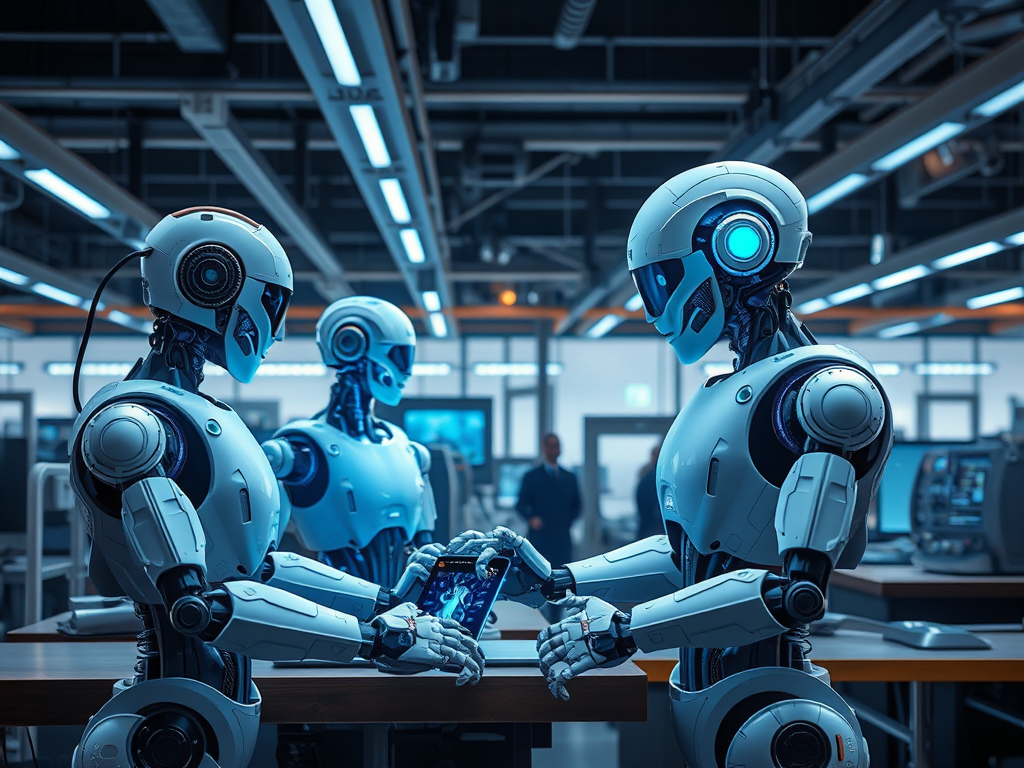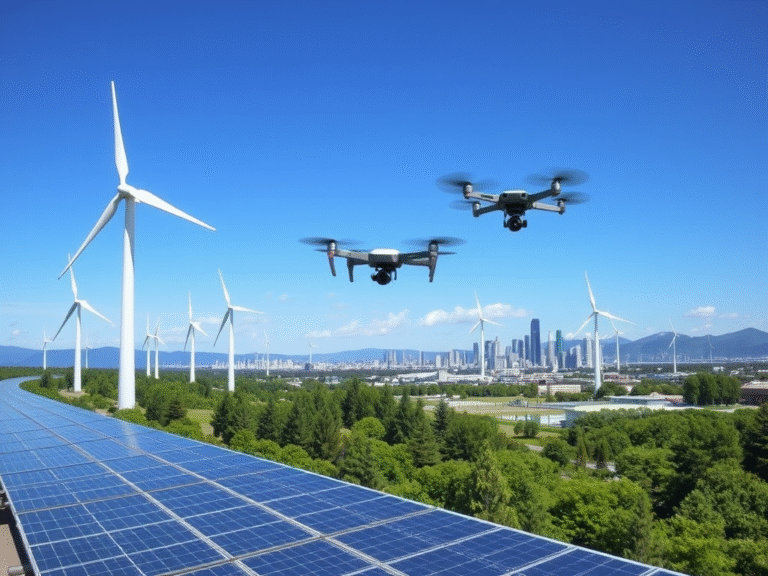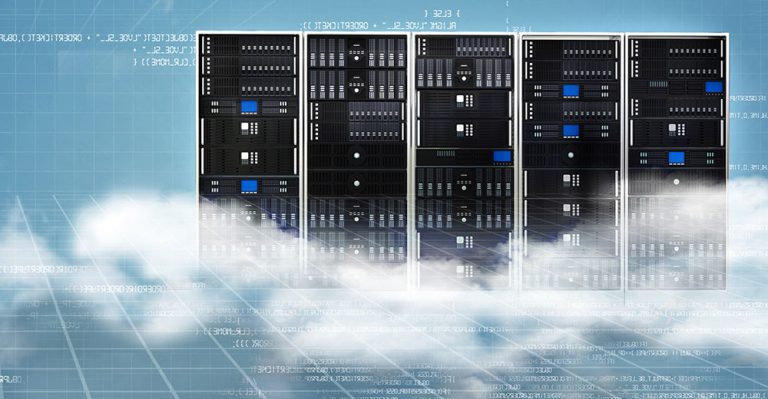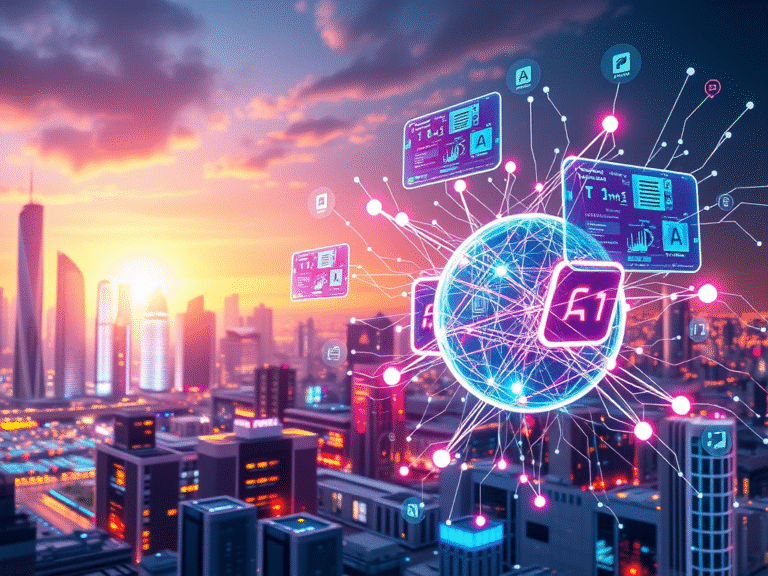In 2025, the rise of AI and robotics has become a pressing topic of discussion, particularly regarding job displacement. While these advancements promise efficiency and productivity, they raise significant concerns about the future of work. This article explores the implications of AI and robotics on employment, highlighting the urgent need for solutions to address this modern dilemma.

The Rise of AI and Robotics
AI and robotics have transformed various industries, influencing how businesses operate. From manufacturing and logistics to healthcare and customer service, automated systems increasingly perform tasks traditionally handled by humans. In sectors like manufacturing, robots assemble products faster and with greater precision. Meanwhile, AI algorithms analyze vast amounts of data to optimize operations, reduce costs, and enhance decision-making.
However, this technological shift brings with it a stark reality: many jobs are at risk of being automated. According to a report by McKinsey, up to 800 million jobs worldwide could be displaced by automation by 2030. This potential disruption raises critical questions about the future of work and the socioeconomic consequences for millions of individuals.
The Workforce at Risk
Certain sectors are more susceptible to job displacement than others. Routine tasks, such as predictable physical activities, are prime candidates for automation. For instance, roles in manufacturing, data entry, and even customer service are increasingly being filled by machines. As AI technology continues to evolve, jobs that require lower levels of skill are particularly vulnerable.
Conversely, jobs that involve creativity, critical thinking, and interpersonal skills are less likely to be automated. Professions such as healthcare providers, educators, and creative artists may experience less disruption, but they are not entirely immune to the influence of AI. For example, AI assists doctors in diagnostics, raising questions about the future role of healthcare professionals.
Economic Implications of Job Displacement
The economic implications of widespread job displacement are profound. As individuals lose their jobs to automation, the demand for social safety nets and support systems increases. This scenario raises the question: how can societies adapt to the changing employment landscape? One proposed solution is Universal Basic Income (UBI), which advocates for providing all citizens with a regular, unconditional sum of money to cover basic living expenses.
Proponents argue that UBI could offer financial security in a world where job opportunities are increasingly scarce. By providing a safety net, individuals would have the freedom to pursue education, retraining, or entrepreneurial endeavors without the immediate pressure of financial insecurity.
The Need for Reskilling and Upskilling in the Age of AI
While UBI is a compelling solution, it is not the only approach to addressing job displacement. Reskilling and upskilling the workforce are critical components of preparing for an automated future. Governments, educational institutions, and businesses must collaborate to create training programs that equip workers with the skills needed for emerging roles.
Investing in education and vocational training can help individuals transition into industries that are less likely to be automated. Fields such as technology, renewable energy, and healthcare are projected to grow, providing opportunities for those willing to adapt.
A Call for Ethical Considerations in AI Implementation
As we navigate the complexities of AI and robotics, ethical considerations must remain at the forefront of discussions. Companies and policymakers must prioritize transparency and fairness in implementing automated systems. This includes avoiding biases in AI algorithms that could exacerbate existing inequalities in the workforce.
Moreover, there should be a focus on creating inclusive policies that ensure all individuals have access to the benefits of technological advancements. This includes providing support for those who may be adversely affected by automation, ensuring that no one is left behind in the transition to a tech-driven economy.
Conclusion: Shaping the Future of Work
The integration of AI and robotics into the workforce presents both opportunities and challenges. While these technologies have the potential to enhance productivity and efficiency, they also pose significant risks of job displacement. As we move forward, it is crucial for society to engage in meaningful discussions about the future of work. By exploring solutions like Universal Basic Income, investing in education and training, and prioritizing ethical considerations, we can navigate this evolving landscape and create a future where technology serves as a tool for empowerment rather than a source of displacement.
As we embrace the inevitable changes brought by AI and robotics, the responsibility lies with us to shape a future that benefits all members of society. The time to act is now.






